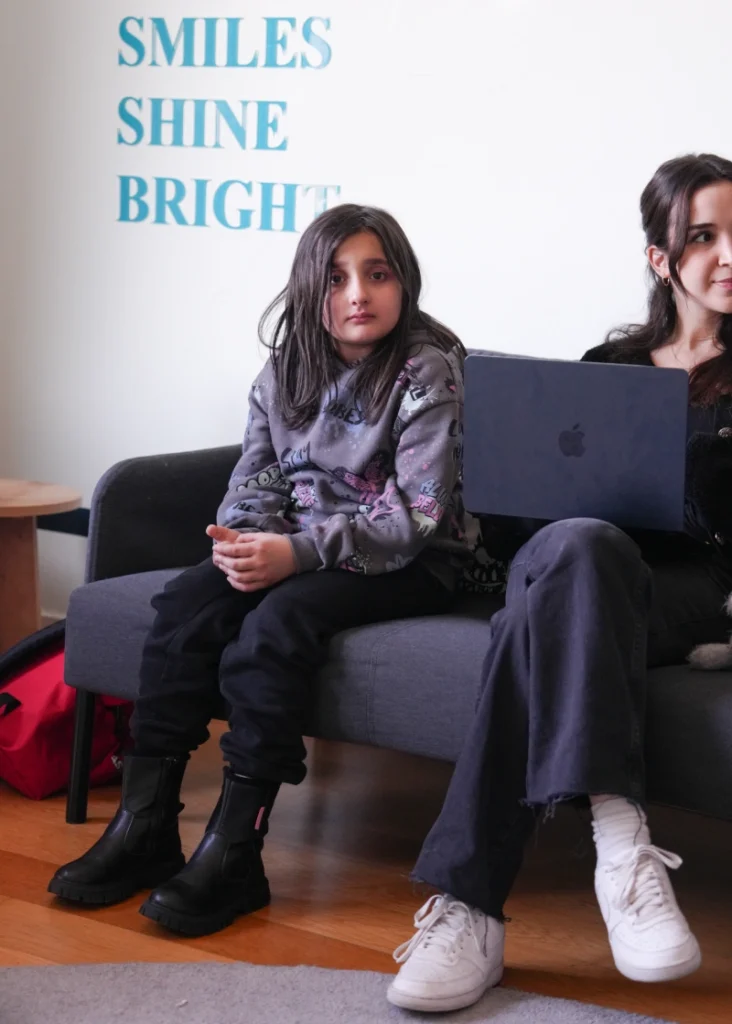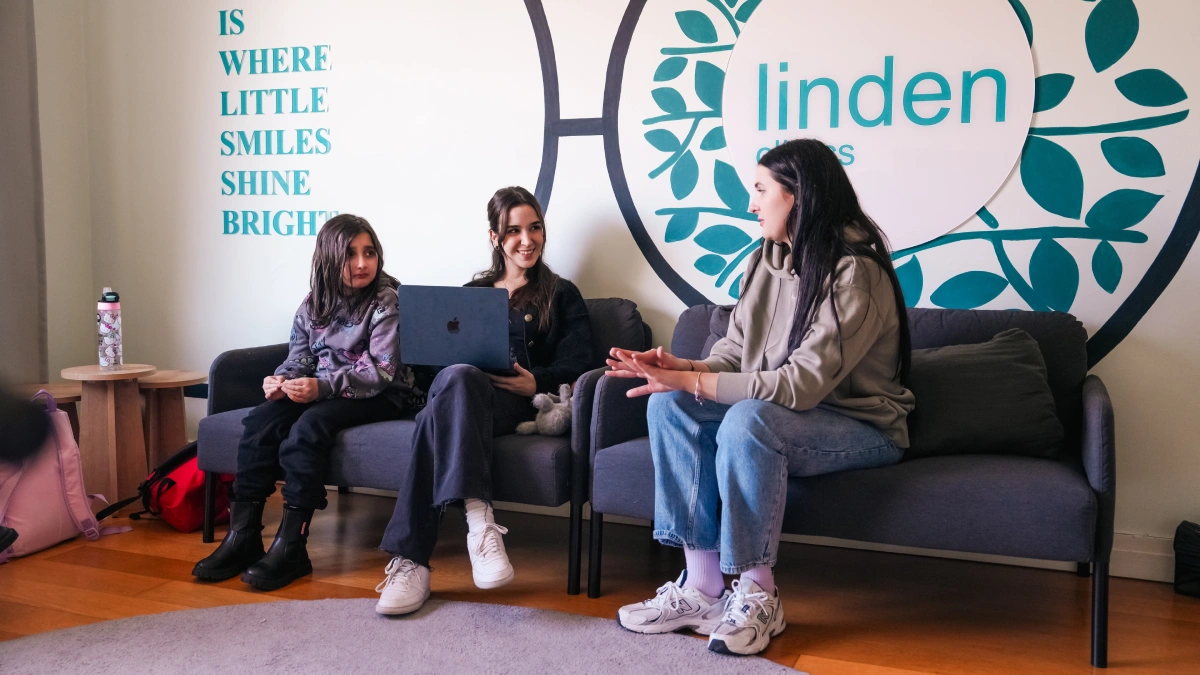Table of Contents
Why Some Children with Autism Resist Therapy
Parents often feel frustrated and helpless when their child refuses to engage in speech therapy, ABA, or occupational therapy. You may have tried multiple programs, switched therapists, and created the perfect schedule—only to see your child shut down, cry, or walk away.
This resistance is more common than you think, especially in children with moderate to severe autism. It’s not about laziness or stubbornness; it often stems from sensory sensitivities, communication difficulties, or underlying neurological imbalances.
💡 In our experience working with families seeking advanced solutions like stem cell therapy for autism, we’ve seen that many children start to engage better after certain biological issues are addressed.
When Conventional Therapy Isn’t Enough: What to Consider
Even though early behavioral and speech interventions are considered the gold standard, they’re not always effective for every child. In cases where children:
- Don’t tolerate sessions for more than a few minutes,
- Don’t show progress after months of intervention,
- Or show extreme emotional distress during therapy…
…it may be time to look at the bigger picture.
Children with autism often face biological and neuroinflammatory challenges that make traditional therapy difficult to access. This is why some families explore biomedical approaches, including stem cell therapy.
How Stem Cell Therapy May Help Your Child Engage Better
Stem cell therapy is gaining attention not only for its potential to improve speech and cognition, but also for its indirect effects—such as increased attention, calmer behavior, and reduced anxiety.
What Parents Have Reported (Anecdotal Experience)
Many families who struggled with therapy engagement in the past noted:
- Longer attention spans post-treatment
- Lower sensory reactivity, allowing children to stay in therapy rooms
- Reduced aggression or meltdowns during sessions
- Increased social responsiveness, making therapy more rewarding
🔎 These outcomes are highlighted in Stem Cell Therapy for Autism Reviews found in parent forums, clinic testimonials, and independent YouTube channels.

What the Research Says
While stem cell therapy is still classified as experimental, there is a growing body of clinical trials and published research exploring its potential. A 2020 review published in Stem Cells International highlighted improvements in areas such as:
- Eye contact
- Social behavior
- Verbal communication
These studies suggest that neuromodulation through stem cells may prepare the brain for better learning—a vital component of effective therapy.
If you’re asking, “How effective is stem cell therapy for autism?“, the answer depends on the individual—but in some children, it appears to act as a catalyst, making other therapies more accessible and impactful.
The Importance of a Multidisciplinary Approach
Stem cell therapy alone is not a replacement for behavioral or developmental therapy—but it can enhance their outcomes when strategically integrated.
The best results are seen when families:
- Continue ABA, speech, or occupational therapy after treatment
- Work with a psychologist to address behavioral roadblocks
- Follow nutritional and home recommendations post-treatment
A top stem cell clinic for autism will include a psychologist in the care team, helping parents navigate these changes emotionally and practically.
FAQs About Stem Cell Therapy for Autism
Are there any side effects?
Reported side effects are generally mild and may include fatigue, low-grade fever, or irritability in the first few days. A qualified clinic will do thorough pre-screening.
What is the success rate of stem cell therapy for autism?
Since autism is a spectrum, outcomes vary. At Linden Clinics, 85% of families observe improvements in at least one area (speech, sleep, behavior, etc.).
Where can I find stem cell therapy for autism near me?
Search for clinics with international patient experience, licensed medical staff, and psychological follow-up protocols. Always verify clinical credibility.
Final Thoughts: When Your Child Isn’t Ready for Therapy, Look Deeper
If your child isn’t engaging in therapy, it’s not the end of the road—it’s a signal to dig deeper. Beyond behavioral strategies, exploring biological and neurological interventions like stem cell therapy may help unlock your child’s ability to benefit from therapy.
We’ve seen children who couldn’t sit through 5 minutes of ABA sessions start responding positively to therapists, peers, and parents—after targeted biological support.
📞 Want to Learn More?
If you’re exploring stem cell therapy for autism, contact our clinic that is a multidisciplinary team—one that includes licensed psychologists, nutritionists, developmental experts, and medical professionals. Ask for success stories, review clinical trial history, and book a consultation.

